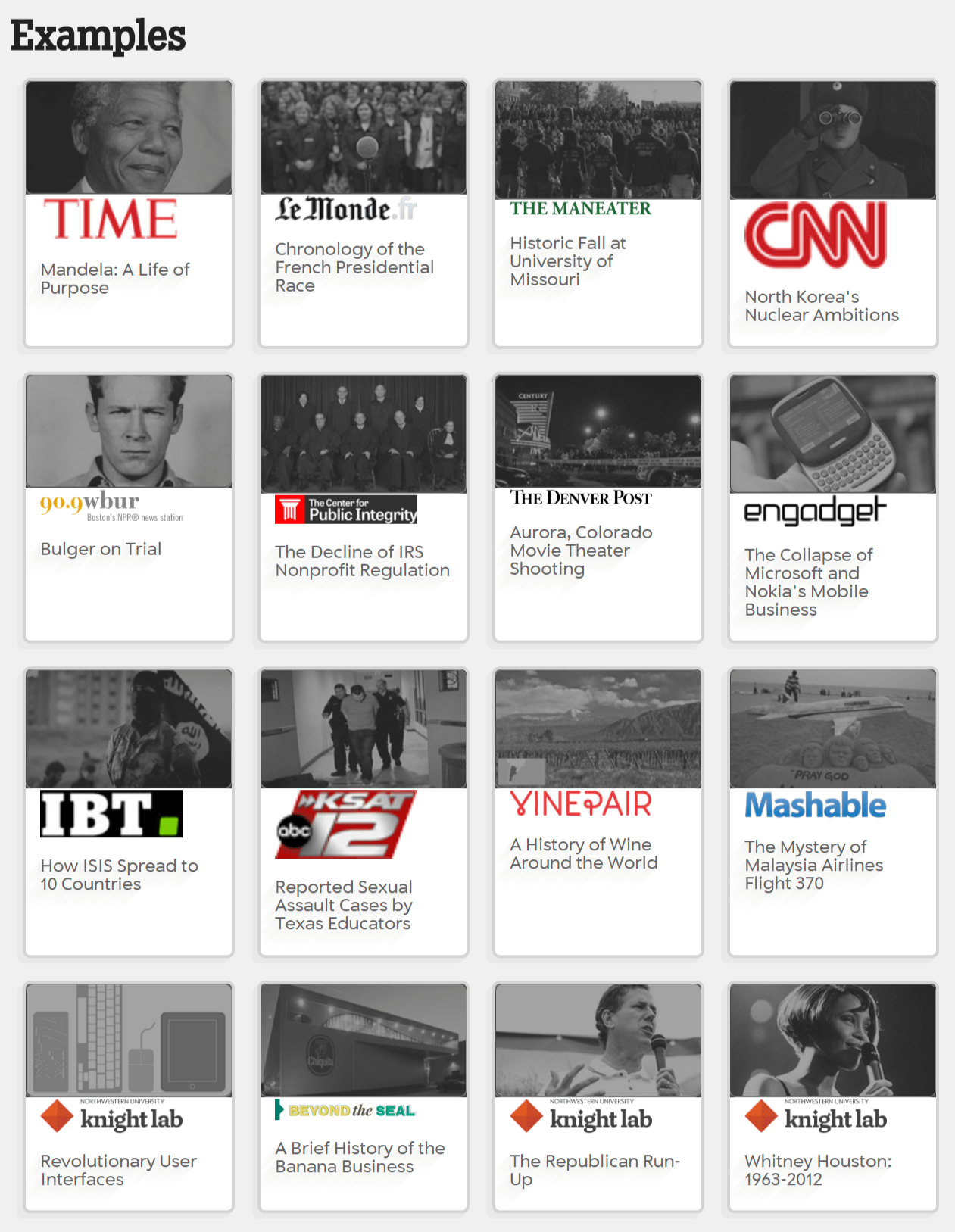Why not introduce students to the concept of creating timelines to document their adventures? Consider guiding them through crafting timelines of their recent experiences. Demonstrating how to illustrate events with pictures and videos can be a powerful learning experience at any time of the year.
Timelines are critical components to teach. Students stuck in paper-and-pencil classrooms struggle to make them. I know I did when I was an elementary student. Sequencing and comprehension go together, per Reading Rockets:
The ability to sequence events in a text is a key comprehension strategy, especially for narrative texts. Sequencing is also an important component of problem-solving across subjects.
Sequencing in a timeline aids comprehension for English Language Learners (ELL) students:
Sequencing [in a timeline]…provides comprehension support to English language learners (ELLs), helping them make connections and recognize patterns in a series or process. Because numerical markers such as hours, years, days or months are placed apart with plenty of space in between, timelines can appear visually less complex than pure text, helping ELLs more easily relate events to their corresponding times (Source).
Knowing how to make timelines is an important job skill. Don’t think of it as arranging pictures and dates in chronological order alone. Rather, think of it as an unfolding story about what happened, who did what, where, and when. In this blog entry, we’ll explore a free tool for creating timelines with Google Sheets.
Why Are Timelines Important?
“The project timeline is the beating heart of every project,” says Angela Bunner. “It captures the essence of what the project will accomplish and how it will be done.” As a technology director, project management always involved crafting a timeline. Bunner says that all timelines share common elements. Those elements include:
- Tasks: A list of what must be done
- Dates: A list of when tasks will achieve completion status
- Duration: How long each task will take
- Prerequisites: The order in which tasks must be done
For timelines that look to the past, there are more expectations. Jen Giambrone (History Associates) recommends you review this infographic. In “A quick guide to Timelines,” they ask a series of questions:
- Is a timeline the best way to tell my organization’s story?
- How do I pick a platform for an online timeline?
- Who is your key audience for the timeline?
- What are the project goals?
- What are some of the important milestones?
- Do you have a style guide?
- How many entries will you have in your timeline?
- What kinds of media will you include, and where will that media come from?
For classroom timelines, it may be easy enough to create a Google Doc with tables or a template like this one. Some may prefer to use a Google Sheet, inserting images, titles, and quick pictures. And you may want to see how to make timelines with Google Slides or PowerPoint. But another nifty tool is available. Care to take a look?
Introducing Timeline JS
Finding top-notch timeline making solutions (web or software) can be challenging. Often, they cost money, and who wants to pay for a timeline creation solution they may only use a few times?
Northwestern University’s Knight Lab’s TimelineJS offers a free, open-source tool. You can use TimelineJS to build an interactive timeline with rich visuals and add all sorts of media to your timeline, such as:
- Flickr
- YouTube, Vimeo, Vine
- Dailymotion
- Google Maps
- Wikipedia
- SoundCloud
- Document Cloud and more
Take a moment to watch their two-minute video introduction and how-to. It walks you through the process starting with a Google Sheet template that Knight Lab’s provides. In no time, you will have a timeline you can embed.
Timeline Making Tips
Some of the tips the Knight Lab folks offer appear below:
- Keep it short, no more than twenty slides
- Select stories that have a strong chronology
- Embed each event in a story that encompasses all events
- Be sure to blend in small events that lead to something bigger
You can see some of the timelines created. Find them online.

Making timelines means crafting a compelling story that arises from insignificant or significant events. These events, taken alone, may be inconsequential. When combined, they show what happened in a way that can have a profound impact. Use TimelineJS in your school, office, or classroom for timelines made easy.


1 comment
Good article. You may also download amazing timeline templates from SlideBazaar to create stunning presentations.